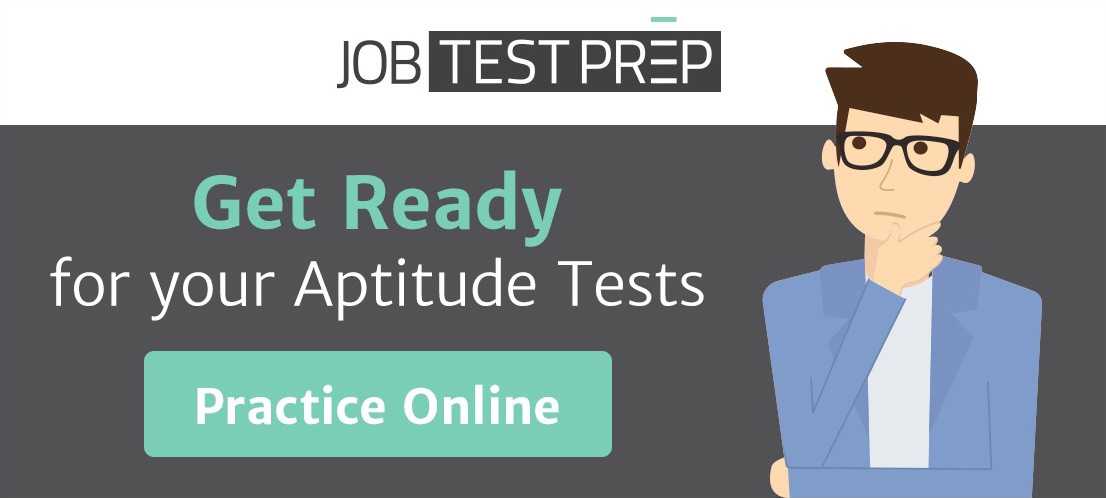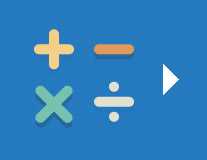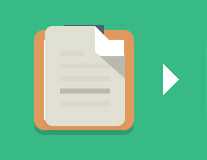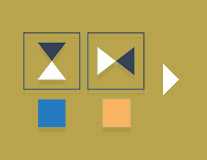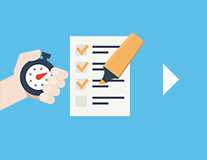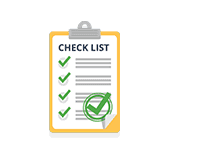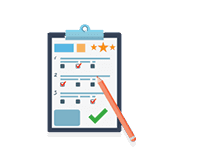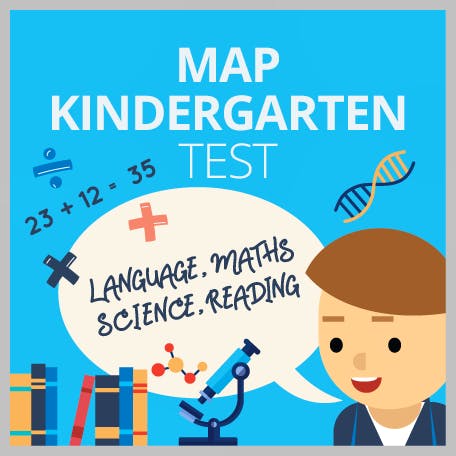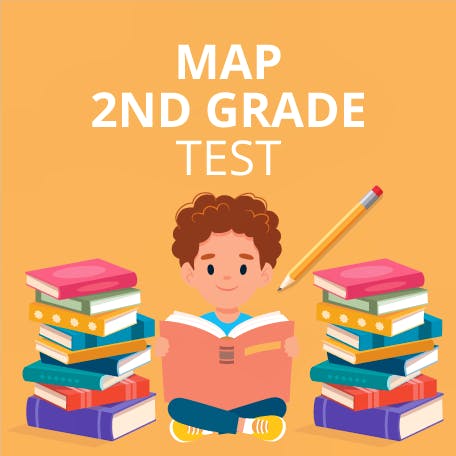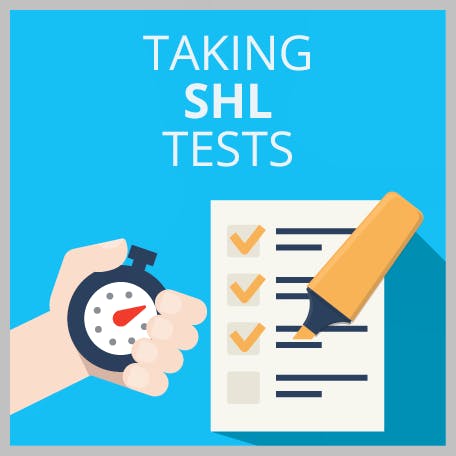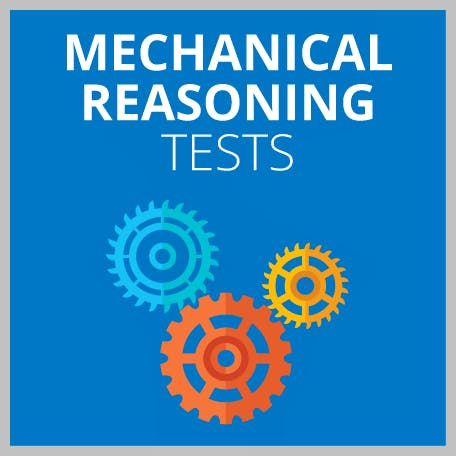The NWEA MAP Test – Practice Test Guide and Tips
Updated June 4, 2024
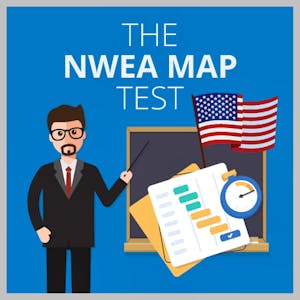

The NWEA MAP Growth Test is used in thousands of schools across the US to assess children academically.
The test can be given three times in a school year and helps teachers to plan their lessons so that children can reach their potential and continue to grow throughout their time in education.
In this article, you will learn more about the different levels of the test and the way it is structured to suit different grades, what types of questions are on the tests and how best to prepare your child for success.
What Is the NWEA MAP Test?
The Northwestern Evaluation Association (NWEA) is a not-for-profit organization that specializes in creating tests for use in schools to assess the progress of children.
The Measurement of Academic Progress (MAP) test was first created in 2000 with the express aim to demonstrate the growth and progress of individual children, showing how well they are doing in their own educational journey.
The MAP test is used in more than 9,500 schools across the US and in 145 other countries.
There are tests for each grade from kindergarten up to 12th grade, and the questions are based on the Common Core principles to ensure that all children leave high school with the knowledge and skills in mathematics and literacy that they need to be successful in the future.
The test itself covers three (or sometimes four) basic areas of learning – math, reading, language usage and science.
MAP Tests are taken online and use computer-adaptive functions to modify the difficulty of the questions to suit the child.
If the student answers a question correctly, the next question presented will be more difficult.
If the student answers incorrectly, then the next question will be easier.
The aim of the computer-adaptive system is that the child will be sufficiently challenged, but not unable to answer every question.
The results of the tests provide teachers with data specific to each child, which helps the teacher to construct a learning plan that matches what each child needs to move forward.
The adaptive nature of the assessment means that it does not matter if the child in question is underachieving for their expected standard or they are performing at a higher level – while the tests are normed over the whole country, it is the individual achievement that is most important.
MAP Tests and Test Format
The MAP Tests are designed with separate questions for each grade, based on what they will have learned in that academic year.
There are three main levels of test, each covering a specific number of grades, but the individual questions are based on the grade of the student taking the test.
Every student, whether they are underperforming or overperforming according to their age, should take the test that is relevant to the grade they are currently in.
The test adapts to suit the child’s ability in answering the presented questions.
Some questions will be multiple-choice, while others will need the students to drag and drop options into a diagram in the right order.
The test takes place online, and each section should take about 45 to 60 minutes to complete.
Kindergarten to Grade 2
The K – 2 test is suitable for children in kindergarten through to 2nd grade who are unable to read. The questions in the assessment are recorded, and there are a lot of pictures to help the child understand what it is that they need to do to answer the questions.
The K – 2 test does not include a language usage section, and there are 43 questions in both mathematics and reading.
The test is untimed and usually takes about an hour to complete.
Grades 2 to 5
Some students in 2nd grade who can read are able to take this test, and the structure is the same for 2nd, 3rd, 4th and 5th grades.
In this assessment, there are three sections:
- Reading
- Mathematics
- Language usage
Mathematics
Depending on grade and ability, students will face between 47 and 53 questions in this section.
The subsection of the math part of the MAP will include the following content:
- Number and operations
- Algebraic thinking
- Algebra
- Geometry
Language Usage
This section will contain between 50 and 53 questions, with the following topics:
- Language mechanics
- Grammar
- Writing conventions
Reading
In the reading section, students will need to work with both fiction and non-fiction sources. There are between 40 and 43 questions in this section.
The topics covered include:
- Word meaning and vocabulary
- Literature
- Informational texts
Grades 6 to 8
In the same way as the previous grades, the content of each assessment is geared towards the specific learning that the child will have done in the academic year that they are in, so the content is relevant to what they should already know and be able to do.
The grade 6 to 8 assessment covers some more complicated ideas than the grade 2 to 5 test, which is to be expected.
Mathematics
Depending on grade and ability, this section will include 47 to 53 questions on the following topics:
- Number sense
- Computation and problem solving
- Algebraic concepts
- Geometry
- Measurement
- Statistics and probability
Language Usage
In this section, students can expect to face 50 to 53 questions about language, including the following topics:
- Mechanics of language
- Parts of speech
- Usage
- Writing process
Reading
This part of the assessment contains somewhere between 40 and 43 questions covering the following subjects:
- Word meaning
- Literary concepts
- Informational concepts
Science
The science section of the NWEA MAP Growth Test is only available for students in 3rd grade and above, and the school will determine if they are going to include it.
The assessment will have between 39 and 42 questions and covers physical science, life, earth and space.
If you want 12-month access to all the practice resources for this test, our partner TestPrep-Online.com offers a Family Membership.
Family Membership gives you access to all the TestPrep-Online resources for the next 12 months. You will also get two separate accounts, which can be very helpful if you have two children preparing for their tests.
What is the antonym of discord?
a) Harmony
b) Disagreement
c) Joyfulness
d) Depression
Which title of a work of art is capitalized correctly?
a) The Lord Of The Rings
b) The Raft of the Medusa
c) To kill a Mockingbird
d) The great Gatsby
Solve the equation a + 4 = 6a – 1
a) a = 6
b) a = 1
c) a = 4
d) a = 2
Erica weighed 100g of butter for a recipe that she was making. She then melted the butter. How much did it weigh approximately once it was melted?
a) 200 grams
b) 150 grams
c) 100 grams
d) 50 grams
How to Practice for the MAP Test
Step 1. Learn the Specific Question Types Used in the Specific Test
Knowing what to expect in an assessment will give your child the confidence to perform at their best – and the way to do this is to look at the questions that will be included on the test.
You can find out more about the tests at each grade using different online resources.
Knowing what is coming in terms of content (and the level of the content that is being presented) will have many benefits for your child, including more confidence in answering the questions and getting some idea of what skills and knowledge should be revised and practiced.
Step 2. Practice Online
Nothing is more valuable to a child facing a test than preparation, and you can practice online with tests that are based on the real thing.
There are lots of practice tests and preparation information available at TestPrep–Online, which is an excellent resource for students who want to get a head start on their MAP Growth tests.
Knowing what questions are coming, and what the exam experience will actually be like, will make it easier in the real assessment.
The added bonus of taking practice tests is that you will be able to see if there are any areas in your child’s learning where they could do with additional support or revision – and get it sorted before the real thing.
Step 3. Develop Skills in Everyday Life
Learning new things in school is one thing, but developing that knowledge by using skills in everyday life is what will help your child cement their academic learning.
This might mean reading widely, introducing new authors with different literary styles and including some more non-fiction sources for more experience.
This type of wider reading will give your child more exposure to language, vocabulary and grammar, as well as the opportunity to explore the writer’s purpose, argument and legitimacy, which are all critical in the assessment.
You might also want to get your child to work on their own writing skills, perhaps by using their imagination to write a story.
They will need to think about the structure, do the necessary research and utilize some of the language mechanics that they will be asked about in the assessment.
For math, everyday calculations of things like sales tax, the total at a restaurant and how much to give in a tip – or just math quizzes – can all give your child the opportunity to put learning into practice in a way that is both practical and interesting.
Step 4. Get Used to the Test Environment
Testing is often a nerve-wracking experience. Being under that sort of pressure is something that even adults will struggle with, and, for a child who has no previous experience, it is almost guaranteed to make them feel anxious.
Use practice tests to get your child used to the testing environment.
The tests should be taken in silence, without any additional tools, and in the same way that they would take the test at school.
This will help them to really get focused. You will also want to discuss the importance of not rushing and taking the time to read the questions carefully so that they don’t miss something important.
As the test is not timed, there is no reason for your child to race through to get to the end.
For a free online NNAT practice test there are a few options.
The website that offers a guide on the NNAT test will also have a free NNAT.
Sites like TestingMom.com offer plenty of free sample questions your child can practice with for NNAT test prep.
The child’s school may also be able to provide some sample tests if you want an NNAT free practice test.
Final Thoughts
The NWEA MAP Growth tests are an excellent way to track the progress of a student, based on their individual performance in a series of assessments.
The MAP tests are based around Common Core principles, which means they are relevant to the majority of schools in the US and around the world, and the results provide teachers with the data they need to plan and structure an educational plan for each child, with well-defined and relevant goals for the student to meet.
The MAP test is not aimed at gifted children or those who are underachieving – instead, it provides a benchmark that can be used to track the growth of each child as they move through their school life, from kindergarten right up to the 12th grade.

